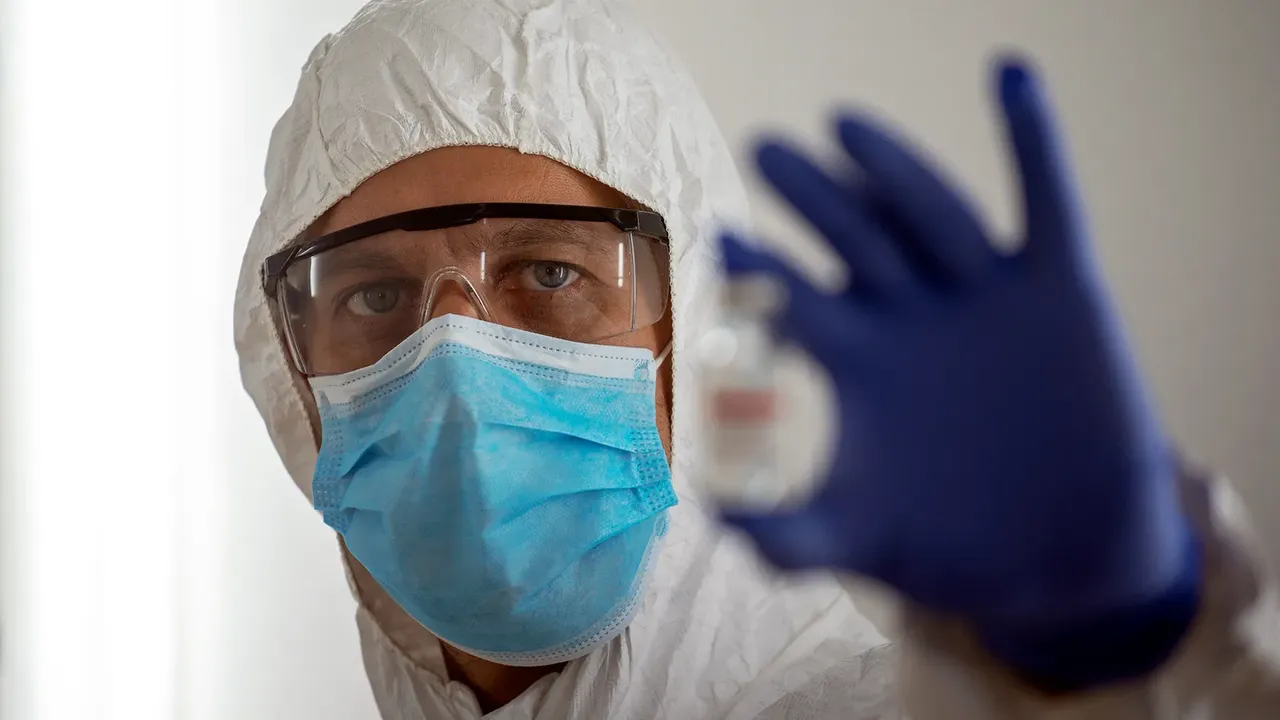
There are 59 million Americans aged 65 or older. ~80% of the COVID deaths in the US so far have been in this age group. Many parts of the US are now in a vaccination tier where anyone aged 65 and older is eligible for a vaccine.
https://usafacts.org/visualizations/covid-vaccine-tracker-states
Vaccinations per day in the US are currently around 1.5 million after a somewhat rough start. 43 million doses have been administered already. If we presume that half the doses going forward will be for second shots, then we still have ~750k first-shot vaccinations per day that can be directed at Americans who are 65 and older. Conservatively assuming no increase in availability or throughput, that still means that every American aged 65 and older will get at least their first shot within 78 days (around May 1). While the Pfizer & Moderna vaccines need two doses to be fully effective, the first dose alone conveys significant protection after day 12 or so :
https://www.bbc.com/future/article/20210114-covid-19-how-effective-is-a-single-vaccine-dose
Other vaccines (eg J&J) are also becoming available, and that will boost capacity.
Thus we could be in a situation by mid-May or earlier where the effective death rate from COVID is a 80+% lower than it is now because the most vulnerable groups are fully protected. On top of that, with a significant fraction of the country vaccinated, the viral transmission rate will be lower, causing caseload to drop further.
This is exciting. There are of course a lot of challenges ahead, including:
- Public policy decisions. How much is it OK to reopen once the most vulnerable people are vaccinated? There’s going to be tremendous pressure to reopen indoor dining, bars, and other high risk activities as the death rate drops, and that will bring caseload back up, which will bring the death rate in unvaccinated populations back up. At some point we’ll decide that the risk is acceptable (as we do with many other risky activities like driving or catching the regular flu due to social interaction) but as we’ve already seen, opinions are very divergent and strongly held as to where that point is.
- Given that a significant fraction (maybe 10%, but estimates vary a lot) of people who catch COVID have long-term side effects, there are still reasons to focus on getting caseload down in less vulnerable populations.
- New variants. B117 will likely be dominant in the US within 1-3 months, but at least the UK has proven that it’s possible to get caseload to decrease even with B117 being dominant. Some of the other new variants (eg 501.V2, the South African variant) are showing some amount of vaccine resistance, which means we may be in for an ongoing battle that involves follow-up vaccinations targeted at new variants.